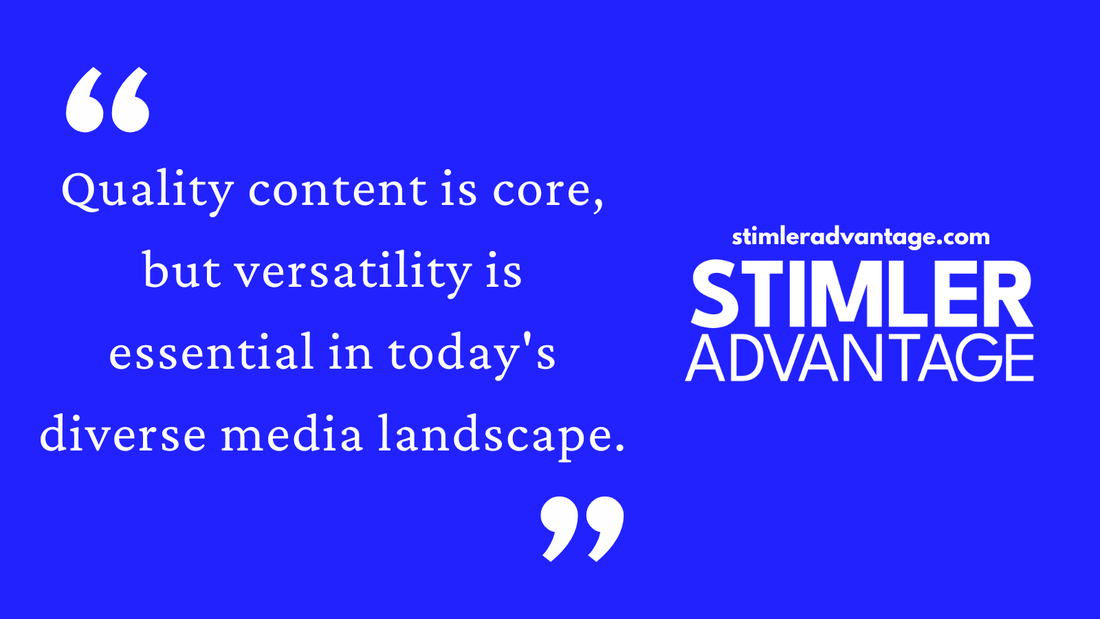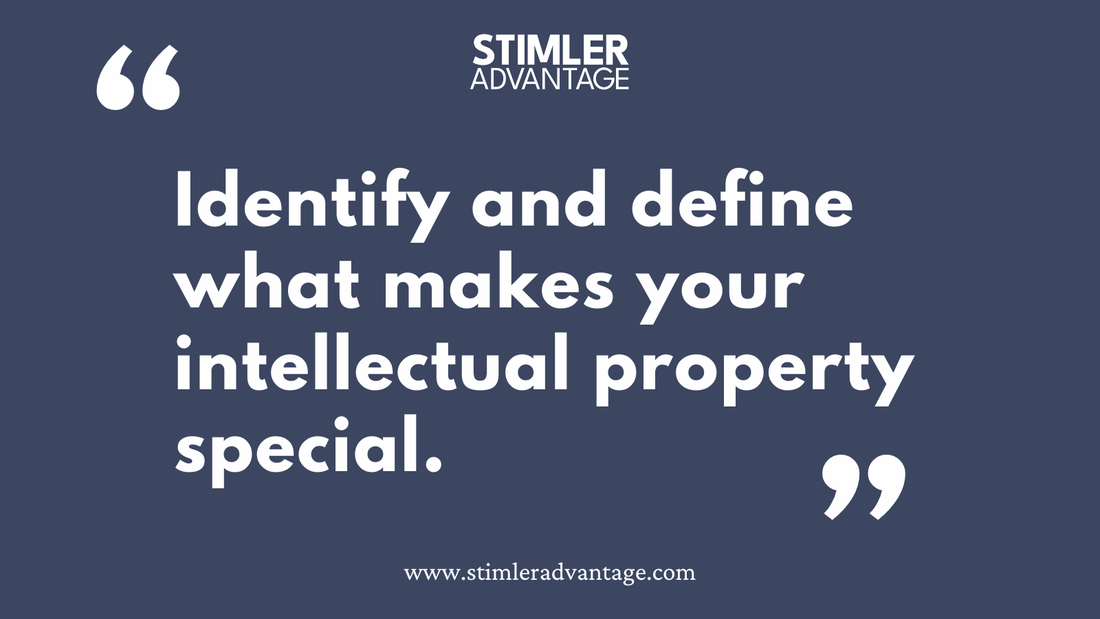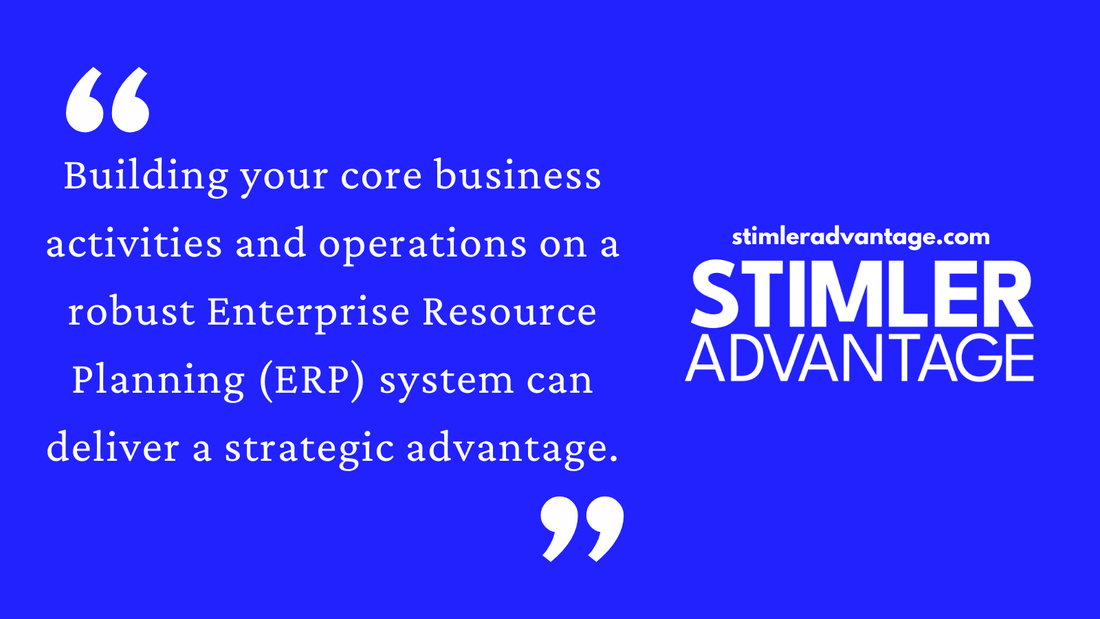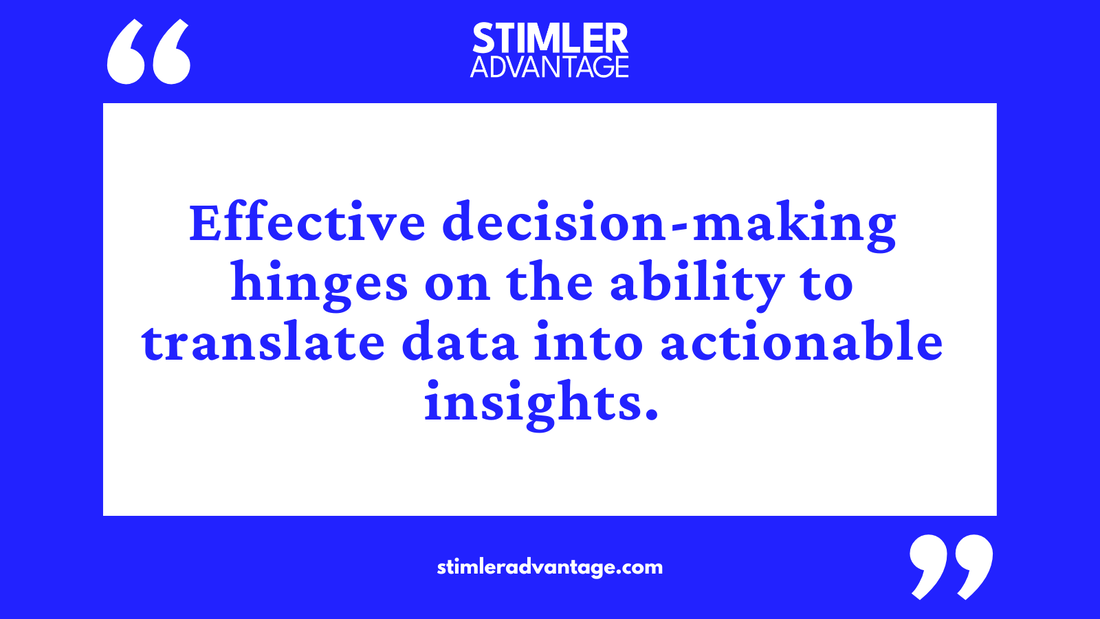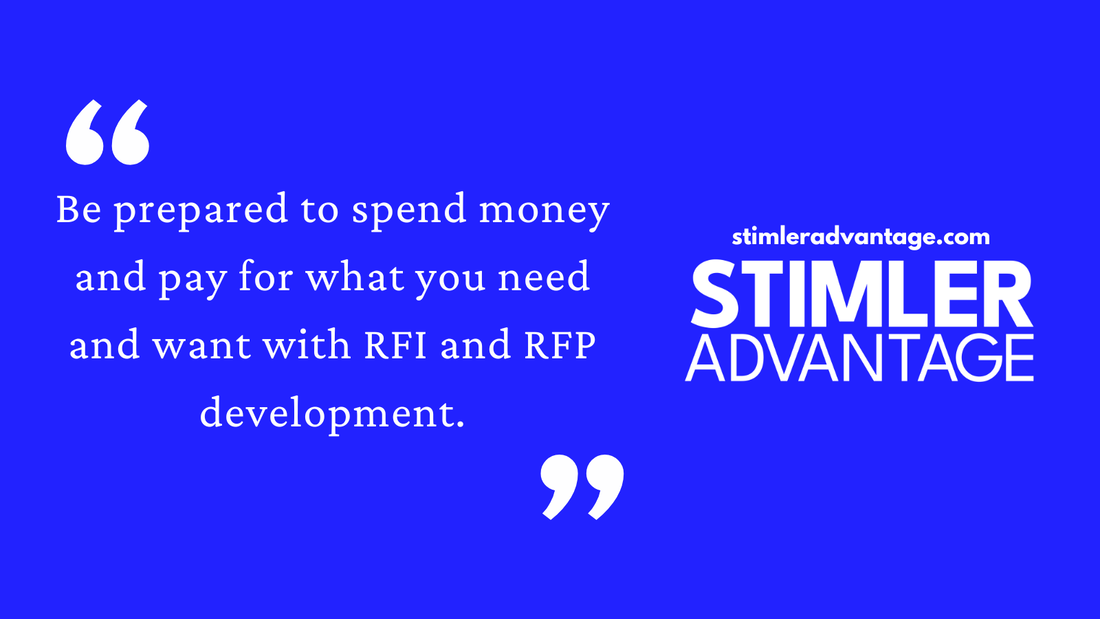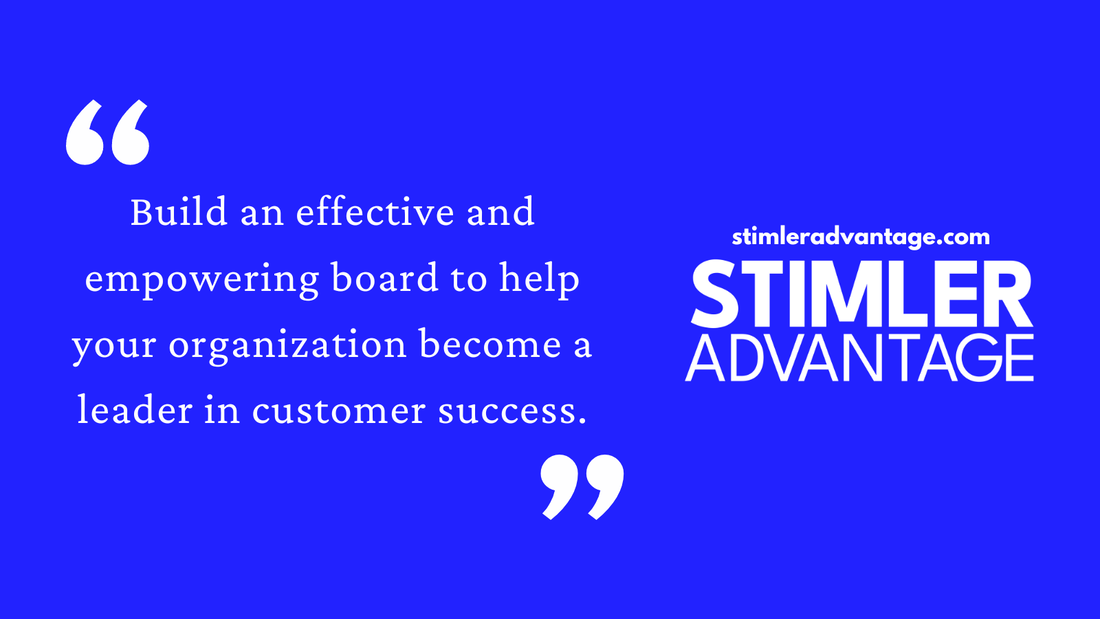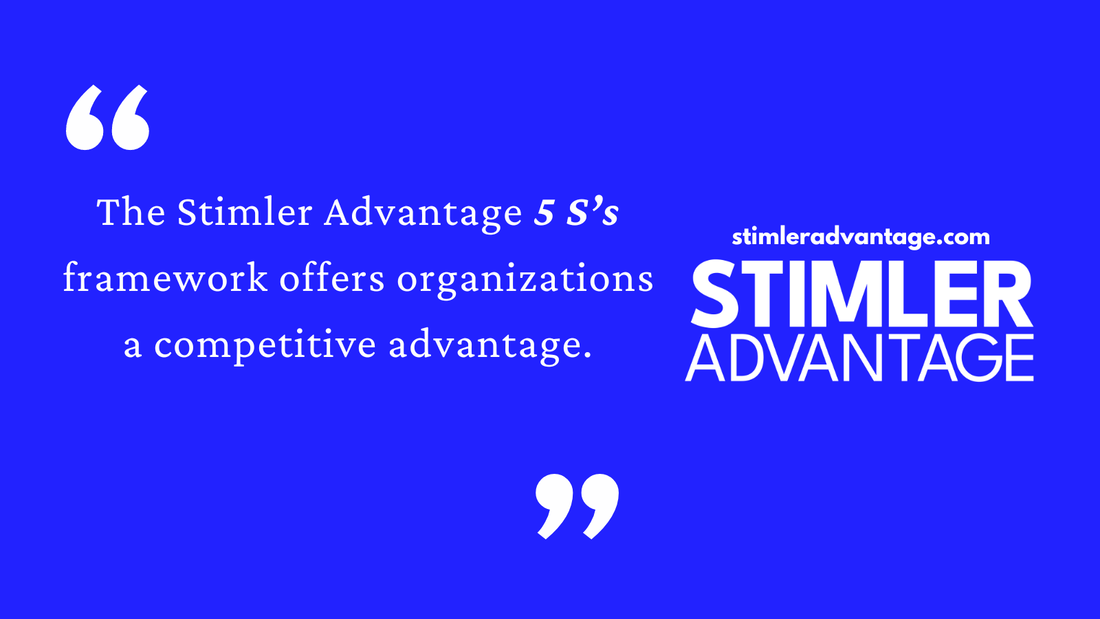Introduction to Media Strategy and Planning at Stimler AdvantageAs part of its services, Stimler Advantage supports organizations in developing an integrated media strategy to reach their target audience and achieve their communication goals. Media Strategy and Planning work is informed by the Stimler Advantage 5 S’s Framework. The media landscape is dynamic, multifaceted, and variable, with constantly shifting ground. Communication environments operate with constant change, fragmentation, and distribution across diverse platforms—from established players to burgeoning newcomers. Navigating this complex ecosystem can be challenging, leaving organizations struggling to craft a sustainable media strategy. 5 Tips for Media and Strategy Planning
Here are some further considerations for Media Strategy and Planning:
Connect with me to discuss your executive management consulting needs. Introduction to Licensing and Rights Management at Stimler AdvantageAs part of its services, Stimler Advantage supports organizations in navigating the complex world of licensing and rights management to protect their assets, intellectual property (IP), and generate new revenue streams. Licensing and Rights Management work is informed by the Stimler Advantage 5 S’s Framework. Organizations can struggle to unlock the full potential of their IP with licensing and rights management. IP can include many facets of an organization's assets, such as its brand, media content, data, and products and services. However, these resources and valuable assets can be quickly discarded, forgotten, lost, or underutilized, leaving an organization at a disadvantage to the competition and missing out on vital revenue streams that support its mission, operations, and well-being. Note: Always involve and work with licensed legal professionals across intellectual property areas and jurisdictions when undertaking licensing and rights management activities along with other consultants and subject matter experts (SMEs). 5 Tips for Licensing and Rights Management
Here are some further considerations for Licensing and Rights Management:
Connect with me to discuss your executive management consulting needs. Introduction to Enterprise Resource Planning at Stimler AdvantageAs part of its services, Stimler Advantage supports organizations in aligning their business processes with technology to improve efficiency, collaboration, and profitability. Enterprise Resource Planning (ERP) work is informed by the Stimler Advantage 5 S’s Framework. An ERP acts as the central nervous system of your organization, integrating departments like finance, human resources, inventory management, and customer service. A well-implemented ERP can significantly enhance efficiency, collaboration, and profitability. Investing in ERP as a vital business system is often worth the money, time, and work. 5 Tips for Enterprise Resource Planning
Here are some further considerations for Enterprise Resource Planning:
Connect with me to discuss your executive management consulting needs. Introduction to Business Intelligence at Stimler AdvantageAs part of its services, Stimler Advantage supports organizations in transforming data into actionable insights to drive smarter decision-making and optimize performance with business intelligence. Business Intelligence (BI) work is informed by the Stimler Advantage 5 S’s Framework. Effective decision-making hinges on the ability to translate data into actionable insights. This is where BI comes in, empowering organizations to leverage data for strategic advantage. It empowers organizations better to understand their customers, markets, and operations, enabling them to make data-informed decisions that optimize performance and support sustainability. 5 Tips for Business Intelligence
Here are some further considerations for Business Intelligence:
Connect with me to discuss your executive management consulting needs. Introduction to Request for Information and Request for Proposal Development at Stimler AdvantageAs part of its services, Stimler Advantage supports organizations through insightful Request for Information (RFI) and Request for Proposals (RFP) development to maximize outcomes. RFI and RFP work is informed by the Stimler Advantage 5 S’s Framework. Navigating the search for an aligned solution provider can be challenging. Many organizations struggle to craft clear, detailed, and well-structured RFIs and RFPs. These crucial documents play important roles in soliciting qualified solution providers and ultimately selecting the aligned partner to propel your business forward with tactical and strategic applications or professional services. 5 Tips for Request for Information and Request for Proposals Development
Here are some further considerations for RFI and RFP development:
Connect with me to discuss your executive management consulting needs. Introduction to Content Management at Stimler AdvantageAs part of its services, Stimler Advantage guides organizations in developing policies, systems, and workflows that support robust content management to streamline content creation, storage, and delivery to deliver the right message to the right audience at the right time. Content management work is informed by the Stimler Advantage 5 S’s Framework. 5 Tips for Content ManagementRobust content management is mission-critical. Managing your organization’s unique assets and intellectual property is vital. Finding and deploying your assets in the right context and timeframe are keys to engagement and revenue generation. It can also help to build awareness and social capital for an organization’s brand. Content management encompasses document, digital asset, and information management approaches.
Here are five tips for content management:
By following these tips, you can build a robust approach to content management that supports your organization’s mission-critical needs and operational sustainability. Here are some further considerations for content management:
You can build a dynamic, resilient, and sustainable organization with the five content management tips and additional considerations. Connect with Stimler Advantage to discuss your executive management consulting needs. IntroductionI am often asked about my knowledge and skills as an executive management and information technology consultant. I have acquired my expertise through a variety of sources, including formal education, informal education, hands-on experience, professional forums, publications, and technology testing. I have unique and valuable skills and twenty years of work experience that can benefit you and your organization. Formal EducationMy formal education provided a solid foundation for my professional career. Throughout my high school and undergraduate academic career, I was a motivated and high-achieving student. I earned multiple merit-based scholarships, achieved perfect marks on occasion, and received top achievement awards in recognition of my academic work and intellectual leadership. I excelled in several areas during my formal education, including critical and speed reading, public speaking, research, teaching, and writing. I served as a teaching assistant, supporting my fellow students through their coursework and delivering exams and lectures. In formal learning environments, I was an innovator in cultivating my own learning. I took the initiative to learn the skills I needed and wanted, such as creating a thesis program in my university department. This experience also gave me the opportunity to develop my critical thinking and problem-solving skills. My formal education at the university level was cross and interdisciplinary, spanning the arts, humanities, social sciences, and business. This provided me with a lifelong toolkit of skills that I continue to use in professional practice. Informal EducationIn addition to my formal education, I have also gained a great deal of knowledge from informal sources, such as articles, audiovisual media, books, certifications, courses, training, site visits, and workshops. I am constantly engaged in developing my knowledge and skills, both hard and soft (e.g., domain and technical skills, and interpersonal and intrapersonal skills) on a wide range of topics that allow me to better serve my clients and constituents. Some of my reading interests include: aesthetics, art history, business management, American and world history, military history, philosophy, poetry, and technology. I am a self-directed, habitual, and lifelong learner who challenges myself by learning holistically about a topic in order to gain a better understanding of it. I regularly earn industry certifications to demonstrate my achievement and proficiency in a particular topic or technology. As the methods, techniques, and tools of informal learning continue to evolve, with even greater access and speed made possible by digital technologies, I strive to learn and apply as much as I can, and at a steady pace, in order to have a nimble and prepared mind. In my professional career, I have also benefited from the support and guidance of mentors. I have also learned a great deal from my colleagues through peer-to-peer learning. I am able to identify and appreciate exceptional teams and colleagues. I am also familiar with the professional qualities I look for in clients and collaborators. Throughout my career, I have taken a hands-on approach to learning. This has included site visits, secret shopper visits, training, workshops, and activities with experienced practitioners. While much of my work can be done most efficiently and effectively through digital means, I am willing to immerse myself in an environment to better understand the conditions and consider work goals. I am always looking for ways to improve my skills and knowledge so that I can be ready, relevant, and resonant. I am committed to lifelong learning and self-actualization. Hands-On ExperienceI have acquired a great deal of knowledge through hands-on experience. This has taught me how to build my abilities and apply my knowledge to real-world circumstances. I began working in office administrative support roles during my school years and had internships in my then-chosen field of art history and museums. These early experiences gave me insights into organizational operations and vocation-specific activities. I have learned the importance of clear, decisive, and visionary leadership, as well as the importance of an established chain of command to run an organization efficiently and effectively. This includes clearly defining roles and responsibilities. I continued to work part-time in museums throughout my college years while completing my studies, which was supplemented by international study and professional internships. My formative years of professional experience took place at The Metropolitan Museum of Art in New York City, one of the world's great art and culture institutions. I began my career with two internships, which led to temporary and then full-time positions. I held seven different roles during my time at the museum. As a then recent graduate, I was eager to learn and get involved. I took a hands-on approach to my work, learning by doing and improving my skills as I went. I was also open to new challenges and willing to do what was needed to support my colleagues and constituents. This experience helped me to understand the importance of earnest and forthright service, while also maintaining my own considered approaches and vision for achieving successful outcomes. I used my adaptability and foresight to design processes and technological solutions that made my previous roles obsolete. This brought greater efficiency and reduced operational costs, and also enabled me to develop capabilities to support the institution in a changing, challenging, and dynamic environment impacted by difficult economic conditions and digital transformation. In my roles, I often had to solve problems with limited resources, people, and time across the organization and with national and international partners. Therefore, working across different work approaches and contexts and resolutely harmonizing those to achieve successful outcomes was always a major priority. I learned how to solve tactical obstacles, while developing and building overall strategic capabilities. After working for over a decade at The Metropolitan Museum of Art, my career expanded as a fellow and consultant. I have guided and supported organizations beyond the arts and culture sector, including a variety of educational, non-profit, for-profit, and government organizations. My hands-on experience working with executive leaders and teams in these organizations has given me an in-depth understanding of working with tactical and strategic challenges, especially under difficult conditions of economic instability and multi-year public health, safety, and security crises. I focus on themes of digital transformation, fiscal management, relevance, resilience, sustainability, and visionary leadership. Throughout my career, I have experienced human behavior in the face of the certain need for change that at times has been inspiring and refreshing when taking on my expert recommendations and having the courage, determination, and vision to move forward, face the day, and advance. My work products include internal documents, project plans, and technology systems implementations. I have also facilitated dynamic strategic planning listening sessions, budgets, collaboratively authored documents, objectives and key results, policies, and staffing and team plans. These efforts have helped organizations consider their current situation and chart a course for the future. I continue to grow each day by learning and working with colleagues and clients. I am committed to empowering them and supporting their organizations to achieve redefined possibilities. Professional ForumsFrom my time as a university student, I have participated in professional forums that align with my career goals. In these organizations, I have served in various capacities, including advisor, board member, communicator, juror, organizer, presenter, secretary, and reviewer. Through my work with these forums, locally, nationally and internationally, I have gained exposure to a variety of perspectives on professional practice in the arts, business, culture, education, and technology. In my work hosting and facilitating professional forums, I have sought to advance professional practice by promoting proactive and forward-thinking approaches to supporting colleagues and peers, leaving them better equipped to adapt to change and overcome challenges. My interest and engagement in professional forums is very much tied to their ability to support members business, economic, and professional skills interests. I am open and eager to participate in professional forums who are fiscally sound, delivering clear value, and fostering new business development opportunities for members online and on site. PublicationsThroughout my career, I have produced a variety of publications in different formats and media. These include articles, blog posts, book chapters, conference presentations, lectures, podcasts, reports, social media posts, videos, whitepapers, and websites. My work has been published in peer-reviewed scholarly journals, as well as collaborative and self-published projects. I have also contributed articles and posts to organization blogs, publications, and reports when the topic and audience are aligned with my professional practice. The research, writing, and editing process of my publications has helped me to develop my critical thinking and communication skills. It has also given me the knowledge and perspectives I need to effectively support my clients and constituents. My goal with each publication project is to provide readers with direct, thoughtful, and valuable insights. I do this by reflecting on my research and considering the needs of my potential audience. I am proud to see that my past writings have been cited in other publications over time. This indicates that my work has had an impact on the professional discourse in my field. I am always looking for new ways to share my knowledge and experience with others. I am excited to continue exploring new formats, mediums, and topics of publication that reflect my professional interests and that I believe will be of value to others. Technology Reviewing and TestingTechnology reviewing and testing has been a valuable learning experience for me. I have served as an official beta tester for several notable digital technologies from leading global companies, as well as start-ups and crowdfunded projects. Over the years, I have developed an expertise in identifying threshold changes in technology that have the potential to spawn new innovations or create long-term impacts when integrated into business and culture. I am always testing new technology environments, software, and tools, and looking for ways to use technology to improve my work and support my constituents. As a consultant, I regularly provide expert analysis and review of technology environments, hardware, and software for my clients. I help them identify the best tools to meet their needs, taking into account their budgets, processes, workflows, and most importantly, customer success. I approach the use of technology strategically, not just for the sake of technology. Sometimes, a less-is-more approach or a streamlined and adapted technology stack is preferable to adding a new application for every use case or developing a custom solution. I review existing and new technology as a professional service to help existing and new players in the market place situate themselves and make needed enhancements and improvements. This has helped me to become more efficient and effective, and it has also allowed me to provide my clients with better service. By being a selective early and prudent adopter of certain technologies and technology environments, I have a technical knowledge that complements my business acumen and interdisciplinary expertise, thereby providing my constituents with multifaceted guidance. I also co-author and write publications about technology environments and products to share my experience and insights with the public. ConclusionI believe the best way to learn and perform work is through a combination of formal education, informal education, hands-on experience, professional forums, and technology testing. By drawing on all of these sources, I have developed a deep understanding of management and information technology consulting and the skills necessary to be successful in supporting my clients to achieve their goals.
This introduction provides an overview of my approaches and methodologies for how I acquire and apply my knowledge and skills. Choosing a contractor, consultant, or employee requires careful consideration. Understanding my approaches and skills in the pursuit of achievement and excellence for organizational outcomes can help you make the decision to work with me. Please connect we me on the Stimler Advantage website and follow me and my company, Stimler Advantage, on LinkedIn. 5 Tips for Board DevelopmentIntroduction to Board Development at Stimler Advantage
As part of its services, Stimler Advantage guides organizations to develop sound board governance, create empowering documentation and policies, recruit new board members, and build productive committees to help your organization’s board to operate effectively and efficiently. Board development work is informed by the Stimler Advantage 5 S’s Framework. 5 Tips for Board Development A strong board is essential for the success of any corporate or nonprofit organization. An optimized board can propel an organization forward with strategic guidance, financial oversight, and critical support for its mission. It can also help to build awareness and social capital, strengthening the organization’s public image. Here are five tips for board development:
By following these tips, you can build a strong board that will help your organization to fulfill its mission, vision, and values. Here are some additional considerations for board development:
With the five board development tips and additional considerations, you can build an effective and empowering board to help your organization become a leader in customer success. Connect with me to discuss your executive management consulting needs. Follow Stimler Advantage on LinkedIn. 5 S’s of Stimler AdvantageStimler Advantage provides executive management consulting services. The 5 S’s Framework is a tool used by Stimler Advantage as part of a facilitated and structured process of providing services across business and information technology. The 5 S’s: Study A discovery phase that documents, uncovers, and analyzes the current situation and begins to identify potential solutions. Survey An opportunity to survey colleagues, peers, or customers about how you and your organization are perceived, meeting expectations, and delivering on your efforts, products, and services. Scout A process to conduct research of public information about your industry or adjacent industries to know where you are in the field of your competitors and peers. Situate A moment to define and position where you and your organization’s priorities are heading, and what you will do in the next steps. Start A time to put your plan into action by mapping your to-do list into a project management planner with assignments, dates, prioritization, and tasks. Stimler Advantage 5 S’s framework offers organizations a competitive advantage. I am regularly engaged by corporations, nonprofits, governments, and start-ups, seeking my unique expertise to support their executive leadership and provide tactical and strategic advisement on the challenges they face. By leveraging my experience at the intersection of business, culture, education, government, and technology, I help clients gain actionable insights that address their critical pain points and chart a visionary path forward.
Stimler Advantage can give you guidance unlike any other advisor. Our solution-focused approaches can help you and your organization towards the future you need. With Stimler Advantage, you will be empowered to lead with ambition, confidence, and purpose. Connect with me to discuss your needs. Follow Stimler Advantage on LinkedIn. Welcome to Stimler Advantage (SA), an executive management consulting firm. Supporting content, software, and strategy solutions, SA drives transformation through impactful solutions that empower dynamic, resilient, and sustainable organizations. SA empowers leaders to navigate complex organizational and digital challenges, providing expert guidance across business and technology services. The firm's President is Neal Stimler. What is the Stimler Advantage?The Stimler Advantage is Neal Stimler, who brings visionary insights to your organization drawn upon a breadth and depth of interdisciplinary knowledge to provide critical solutions to your challenges. Neal's superpowers come from my critical and unique abilities as a digital and management practitioner, researcher, and strategist. Learn more about MY STORY. SA offers expertise and time to support clients on business and technology areas described in my SERVICES, which include:
Consulting services informed by the Stimler Advantage 5 S's Framework of:
Are you ready to drive you and your team forward? CONNECT with Neal to spur you and your an organization on to face change management and get on with the business that needs to be done for sustainability and success. Learn more by visiting SA's NAICS CODES and RESOURCES. Connect With MeFind updates from Stimler Advantage on LinkedIn in addition to this website. Categories |
AuthorNeal Stimler is President of Stimler Advantage. Archives
March 2024
Categories |

